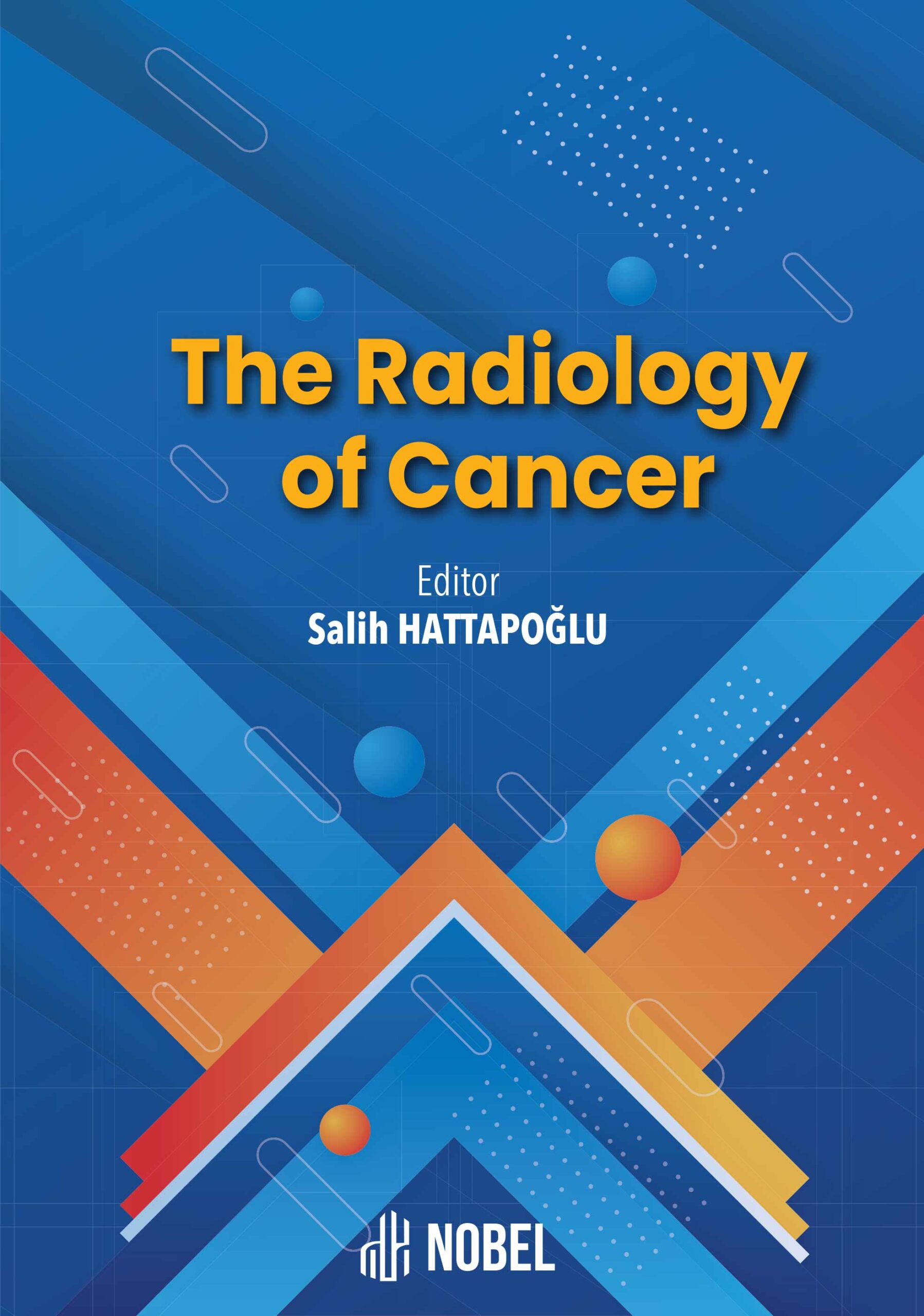Radiologic Imaging of Scalp Lesions
Kadir Han Alver (Author)
Release Date: 2024-06-10
Scalp lesions present significant diagnostic challenges due to their similar appearances, making accurate radiological assessment crucial in lowering mortality and morbidity rates. Understanding the scalp's anatomy, which includes five distinct layers-skin, dense connective tissue, epicranial aponeurosis, loose connective tissue, and pericranium-enables precise lesion localization. The vast majority of scalp abnormalities (93–98%) are benign, with trichilemmal [...]
Media Type
Buy from
Price may vary by retailers
| Work Type | Book Chapter |
|---|---|
| Published in | The Radiology of Cancer |
| First Page | 3 |
| Last Page | 18 |
| DOI | https://doi.org/10.69860/nobel.9786053359364.1 |
| Page Count | 16 |
| Copyright Holder | Nobel Tıp Kitabevleri |
| License | https://nobelpub.com/publish-with-us/copyright-and-licensing |
Understanding the scalp's anatomy, which includes five distinct layers-skin, dense connective tissue, epicranial aponeurosis, loose connective tissue, and pericranium-enables precise lesion localization. The vast majority of scalp abnormalities (93–98%) are benign, with trichilemmal cysts being the most common, followed by epidermal and dermal cysts, lipomas, nevi, and sebaceous cysts. Although less frequent, malignant scalp tumors such as squamous cell carcinoma, basal cell carcinoma, lymphoma, metastases and malignant melanoma also occur and pose significant health risks.
Radiological imaging, particularly CT and MRI, plays a vital role in differentiating between benign and malignant lesions. Some characteristic imaging features of specific benign lesions, such as calcifications in trichilemmal cysts, fat density in lipomas, diffusion restriction in epidermoid cysts, and the typical locations of dermoid cysts with well-defined, non-invasive imaging features, aid radiologists in accurate diagnosis. On the contrary, although an accurate diagnosis of malignant tumors cannot be reached by radiological imaging alone, aggressive characteristics like bone erosion, destruction, and infiltration into surrounding tissues should predominantly raise suspicion of malignancy. Proper radiological evaluation and familiarity with the imaging features of these lesions are essential for accurate diagnosis and effective treatment planning, whether surgical or nonsurgical.
Kadir Han Alver (Author)
MD, Radiologist, Denizli State Hospital
https://orcid.org/0000-0002-4692-2401
3Kadir Han Alver is a radiologist working in Denizli State Hospital. He was born in Karaman. He graduated from Bosphorus University with a degree in Business Administration and, after building his professional career in finance, marketing, and sales departments of multinational companies, he embarked on a new career path in medicine in 2009. He completed his undergraduate education at Istanbul University Medical School in 2015.
Following approximately one year of work in emergency medicine and psychiatric clinics, he transitioned to work as a radiology assistant in the radiology department at Pamukkale University. He completed his medical school doctorate specializing in radiology in 2021.
Since May 2022, he has been working as a radiology specialist in the Diagnostic and Interventional Radiology Unit at Denizli State Hospital. He has been involved in research projects throughout his professional career and has published international articles, case studies, presentations, and book chapters in the fields of diagnostic and interventional radiology. Kadir Han Alver is also a member of the Turkish Radiology Society.
S.J. Chang, J. Sims, F.R. Murtagh, J.C. McCaffrey, J.L. Messina, Proliferating trichilemmal cysts of the scalp on CT., AJNR. Am. J. Neuroradiol. 27 (2006) 712–714.
E. Grosshans, J. Fersing, J. Marescaux, [Subaponeurotic lipoma of the forehead]., Ann. Dermatol. Venereol. 114 (1987) 335–340.
J. Blackmon, M. Machan, A. Rajpara, R. Beatty, Recurrent basal cell carcinoma with intracranial invasion: a case report and literature review., Dermatol. Online J. 20 (2014).
| onix_3.0::thoth | Thoth ONIX 3.0 |
|---|---|
| onix_3.0::project_muse | Project MUSE ONIX 3.0 |
| onix_3.0::oapen | OAPEN ONIX 3.0 |
| onix_3.0::jstor | JSTOR ONIX 3.0 |
| onix_3.0::google_books | Google Books ONIX 3.0 |
| onix_3.0::overdrive | OverDrive ONIX 3.0 |
| onix_2.1::ebsco_host | EBSCO Host ONIX 2.1 |
| csv::thoth | Thoth CSV |
| json::thoth | Thoth JSON |
| kbart::oclc | OCLC KBART |
| bibtex::thoth | Thoth BibTeX |
| doideposit::crossref | CrossRef DOI deposit |
| onix_2.1::proquest_ebrary | ProQuest Ebrary ONIX 2.1 |
| marc21record::thoth | Thoth MARC 21 Record |
| marc21markup::thoth | Thoth MARC 21 Markup |
| marc21xml::thoth | Thoth MARC 21 XML |

